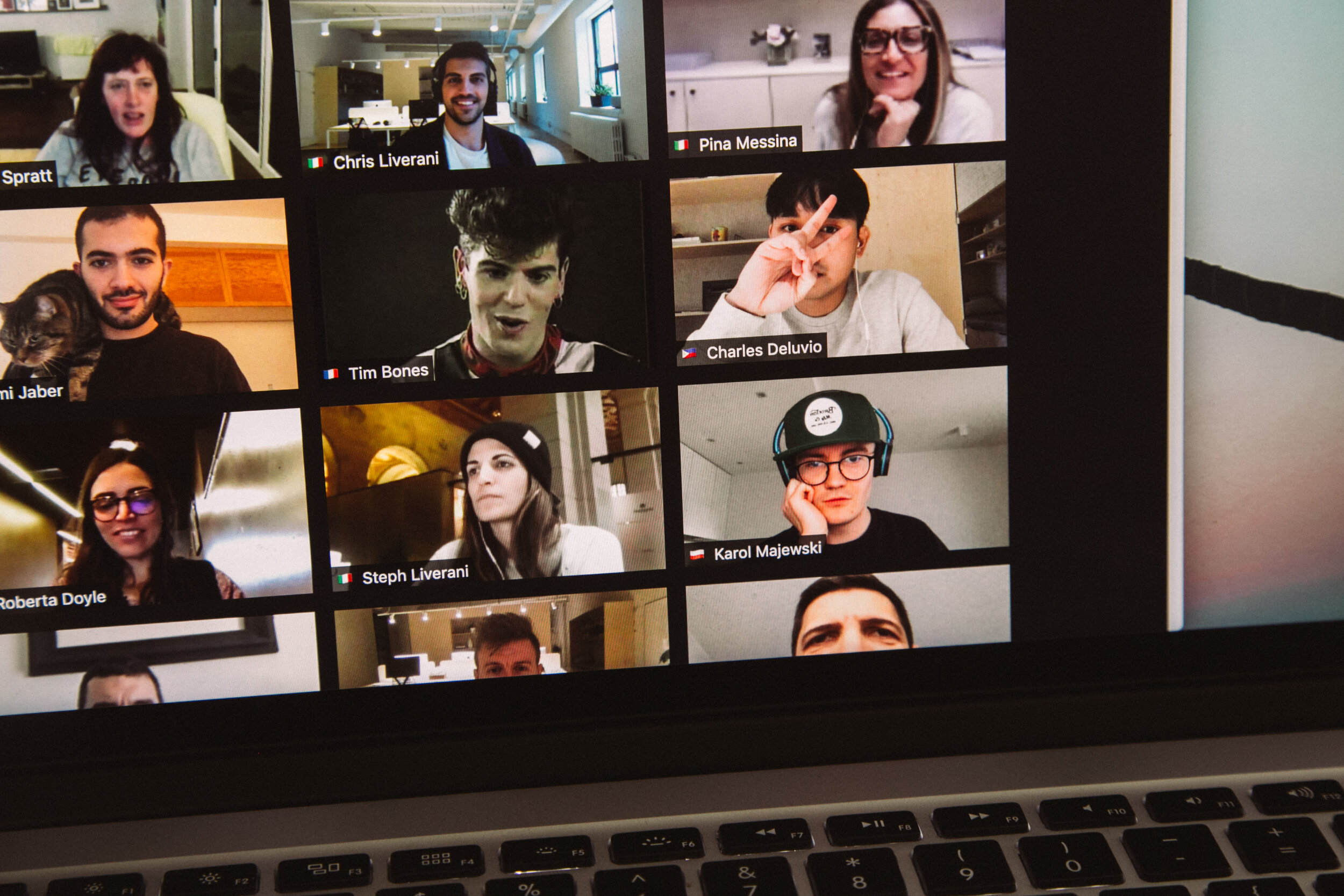Everyone needs some level of social connection. It fosters a healthier mindset and improves one's mental health. However, the pandemic put a stop to physical meetups and friendly get-togethers.
This resulted in a collective decline in mental health. A survey conducted in December 2020 by the US Census Bureau reported that 42% of people experienced symptoms of anxiety or depression. This was likely due to the isolation brought about by strict stay-at-home measures. Although restrictions are easing, many people are still stuck working at home. So, here are five ways remote workers can foster human connections.
Host a Virtual Party
2020 was the year of video conferencing applications. And though the pandemic is coming to a close, that doesn't mean people can't still enjoy virtual parties. If you have loved ones or coworkers who live in far-flung places, it’s worth considering scheduling a group video call to catch up.
For a more enjoyable experience, you can incorporate music or games to ensure your guests have fun. Some applications even let you watch YouTube videos or stream Netflix shows together.
Have a Game Night
Alternatively, upgrade your virtual party into a game night. There are plenty of games you can play online. For example, Skribbl.io and Spyfall are playable straight from your browser. You can also play the JackBox game series as long as one of you has a copy. If your friends want a more immersive experience, get them to try competitive multiplayer games, like League of Legends or Smite. Who knows? Maybe your non-gamer friends will enjoy it.
If they do end up enjoying themselves, it might be time for you and your friends to each invest in a PC. There are plenty of gaming PCs to choose from — from DIY computer builds to all-in-one gaming laptops. PCs are highly customizable, so you can adapt your build to your budget. For instance, the MSI Aegis RS 10TD-213US is a high-powered build with the internal processing unit, keyboard, and mouse already included. This setup delivers an extraordinary gaming experience, meaning you and your buddies can play even the most graphically demanding games. But for a more budget-friendly option, you can get the MSI GF75 Thin 10SCXR-617 gaming notebook, which features a sleek design and powerful processors. Despite its size, it still promises a smooth gaming experience. With a little bit of planning and research, you can optimize your setup, making for more fun gaming sessions.
Schedule Remote Exercise Sessions
If you want to bond with buddies and get fit, why not hold regular group exercise sessions? All you need to do is hop on a video call workout together. You can even make a challenge out of it. Gear up with a fitness tracker, then see who's the most active. Apart from making exercising more fun, fitness trackers are also known to motivate people because they see their numbers go up.
Fitness tracking should ideally be paired with a smartwatch, so it's a good idea to invest in one. The Fitbit Versa 3 is a great option because it has voice-control features and can track 30 different types of exercises. For a more lightweight smartwatch, you can opt for the Fitbit Charge 4 instead. You can upload your fitness progress to the Fitbit app to see how you fared against your friends.
Explore Countless Online Communities
If you want to meet new people, look no further than the Internet. Following the pandemic, there's been a boom in online communities. It's allowed people from all walks of life to meet new friends from behind their screens. Admittedly, online communities were present long before the pandemic, but they’ve really grown in the last year or so.
If you have any hobbies or interests, chances are, there's an online community for it. With a little digging, you can find the community for you, whether it's an intimate online book club or a huge gardening forum.
Lastly, Help Others with Mayo
Another way to connect with new people is to look to your local community. Though this technically won't be happening "at home," it comes pretty close. It might be a bit hard to strike up a conversation with your neighbors, especially if you've never talked to them before, but that's where an app like Mayo comes in!
Mayo is a communication app that lets you ask or offer help to those in your neighborhood. It can be used for anything! You can share extra groceries, report a lost set of keys, or even ask if anyone has a spare hammer. It's a great app that encourages kindness, so try it out! You'll be surprised by how many people are willing to lend a hand.
Social connection doesn't just happen in physical spaces. It can also take place over digital platforms. You just need to find the right one for you.
———————————————-
-Contributed by Sarah-
Sarah S. Whittle is a full-time entrepreneur and full-time mother. Despite her hectic lifestyle, she enjoys baking for both her kids and her customers. And when she isn't changing diapers or measuring cups of flour, she's engrossed in a self-help book.







